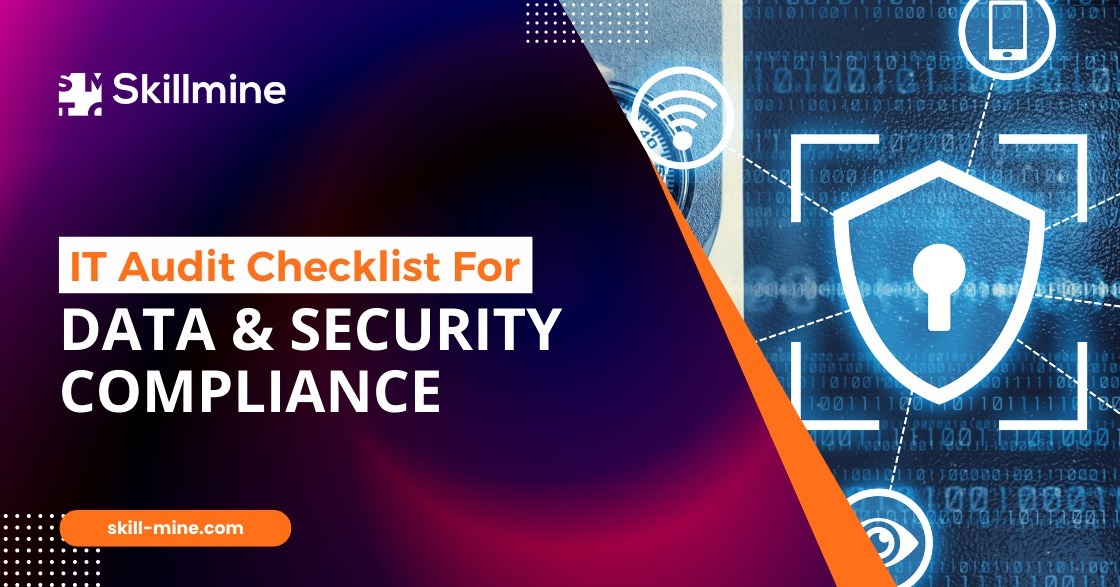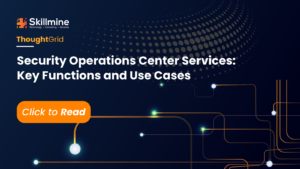According to Accenture’s Ninth Annual Cost of Cybercrime study, 68 percent of business leaders feel their cybersecurity risks are increasing. With the impact of cybercrimes turning catastrophic for businesses, it is essential to do an IT audit to ensure that your company’s data and security compliance is in place.
Any audit that includes an examination and evaluation of automated information processing systems, associated manual procedures, and their interfaces are referred to as an IT audit.
The two main processes in designing an IT audit are information collection and planning, followed by analyzing the current internal control framework. More and more enterprises are adopting a risk-based audit approach used to assess risk and help an IT auditor decide whether to perform compliance testing or substantive testing.
IT auditors using a risk-based approach rely on internal and operational controls and industry or company knowledge. A study of the costs and benefits of the control in relation to the known risk can be done using this kind of risk assessment decision. The IT auditor must determine the following five items during the “information gathering” phase:
- Knowledge of business and industry
- Prior year’s audit results
- Recent financial information
- Regulatory statutes
- Inherent risk assessments
The IT auditor is prepared to start planning, or selecting the areas to be audited, once they have “gathered information” and “understood the control.”
Here’s what your IT audit checklist should include:
Physical and logical security:
To protect sensitive corporate data, it’s critical to understand the physical security measures in place at your company. As a result, you should mention in your audit checklist whether or not server rooms can lock and whether or not visitors require security badges to enter.
Assessing your network for security flaws is also essential. This comprises:
- Ensuring thorough documentation of all procedures.
- Testing the software that handles private data.
- Examining your firewall and intrusion prevention systems for vulnerabilities.
- Ensuring that sensitive data is kept separate from other data.
- Examining the security of wireless networks.
- Detecting unauthorized access points.
- Maintaining effective access control, which entails verifying users’ identities and making sure they have the right authorizations to access sensitive data.
Regulatory Compliance:
Your company’s compliance with the pertinent regulatory standards should also be examined by your internal auditors.
For instance, organizations that conduct business with clients in the European Union must adhere to the General Data Protection Regulation (GDPR).
Additionally, healthcare businesses must adhere to HIPAA standards, including data privacy and security clauses for safeguarding patients’ protected health information. The Health Information Technology for Economic and Clinical Health Act of 2009 (HITECH), which regulates the protection of digital health information, must also be followed by healthcare organizations.
Data backups:
Your IT audit checklist should include an assessment of how and how frequently your business backs up important data. Your disaster recovery and business continuity plans should include data backups. Doing this can ensure you’re ready for potential natural disasters and cyberattacks.
Here are a few questions to consider:
- When did you recently test your backup strategy?
- How long would your current data backup system take to get back up and running?
- How long would it actually be feasible for your company to be down?
- How much downtime will cost your business financially?
Hardware:
A thorough description of your company’s hardware, indicating each item’s age and general performance requirements, should be included in your IT audit checklist. According to best practices, the inventory should be kept in an asset management system with a configuration management database. IT gear should typically be replaced every three to five years. This knowledge would help you plan when to buy new hardware.
Conclusion:
An IT audit can assist you in identifying potential information security threats and helping you decide whether you need to update your hardware and/or software. With an IT audit checklist, you can complete a full risk assessment and utilize the results to make an exhaustive annual audit plan. With the help of a checklist, your employees can assist in identifying potential dangers or weaknesses in the business.
Looking for expert technology consulting services? Contact us today.





